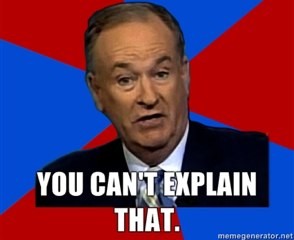Writing more concisely
 Why do scientists write the things in the first column when the second column is shorter and easier to understand?
Why do scientists write the things in the first column when the second column is shorter and easier to understand?
| VERBOSE | ……… | CONCISE |
| it is likely that | likely | |
| it is apparent that | apparently | |
| due to the fact that | because | |
| in the vicinity of | near | |
| in the state of New Mexico | in New Mexico | |
| was found to be | was | |
| It must first be established that | First, |
You can’t explain that!
For more examples, google “words and expressions to avoid” or “words and phrases to avoid”.



Writing with Style by John R. Trimble:
http://www.amazon.com/Writing-Style-Conversations-Art-3rd/dp/0205028802
addresses the same point (among others).
Applying the examples Dave cited (and that spirit of clarity and conciseness), the average abstract can be reduced 10-25% with no loss in accuracy describing the research. That’s the abstract, supposed to be a condensed snippet, still too heavy.
I’ll offer a few more from my reviewing and editing experiences:
VERBOSE => CONCISE
It can be shown that => (nothing…start the sentence here)
It is evident that => Evidently
It can be seen that => (nothing…start the sentence here)
[These fall under the “let the reader decide” mantra. If it truly can be seen, it should be obvious enough to the reader that you don’t need to say so. If it can’t “be seen”, it needs to be explained or illustrated better anyway!]
It is worth noting that => (nothing…start the sentence here)
It is worth reminding that => Recall that
[Of course “it is worth noting”; otherwise you wouldn’t be noting it, would you?]
In short, I do not recall ever seeing an “It…that” phrase that truly was necessary! They are useless clutter. Avoid them.